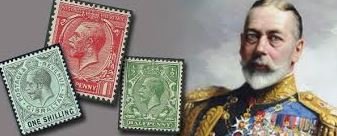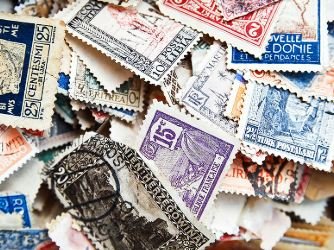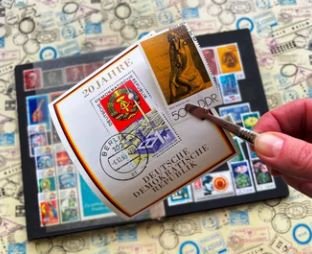Stamp collecting, a hobby that has captivated people for centuries, has seen significant shifts in the modern era. The stamp collecting term, once synonymous with passionate collectors carefully curating albums of rare finds, now faces questions about its relevance. With the rise of digital communication, the decline of physical mail, and the prevalence of alternative hobbies, the stamp collecting term is being scrutinized more than ever before. Is this long-standing hobby still relevant, or is it losing its appeal?
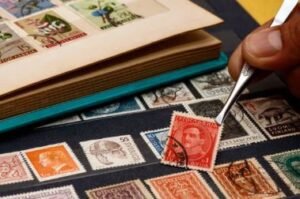
The Evolution of the Stamp Collecting Term
The stamp collecting term has a rich history, rooted in the 19th century when people began collecting stamps as a way to preserve historical moments and geographical features. For many years, the hobby was a symbol of education, exploration, and dedication, attracting collectors of all ages. The stamp collecting term represented a connection to global cultures, historical events, and rare artifacts, drawing enthusiasts to study the design, rarity, and origins of various stamps.
However, over the last few decades, the stamp collecting term has evolved. What once started as a pursuit of cataloging stamps has now expanded to include the study of postal history, philately, and even modern-day innovations such as digital stamps. Despite these developments, one cannot ignore that, in the age of social media, online gaming, and technology, the stamp collecting term may no longer carry the same universal appeal it once did.
The Decline
One of the primary reasons the stamp collecting term is being questioned in contemporary times is the decline of traditional mail. With the increasing use of email, social media, and other forms of instant communication, fewer people are sending letters and postcards. The decrease in physical mail means fewer stamps are in circulation, reducing the opportunities for people to collect them.
As a result, the stamp collecting term has shifted in meaning. For some, it represents nostalgia for a time when people communicated through handwritten letters. For others, it’s becoming a niche hobby reserved for older generations. The younger population, who rarely encounter traditional stamps due to their digital nature, may not fully appreciate the significance of the stamp collecting term. Many see it as an outdated practice, overshadowed by the digital age.
Is the Stamp Collecting Term Losing Its Appeal?
While the stamp collecting term may be fading in popularity, it is far from obsolete. There is still a strong community of collectors who are deeply invested in the history and rarity of stamps. These collectors argue that the stamp collecting term still holds relevance in a world where tangible artifacts are becoming increasingly rare. The hunt for unique and valuable stamps remains exciting, and the passion for discovering new additions to collections is alive in certain circles.
Stamp collectors today are still drawn to rare items like the Inverted Jenny or the Penny Black, which are considered some of the most famous stamps in history.
However, for many people outside of the dedicated community, the stamp collecting term feels disconnected from modern life. With the rise of digital stamps and other modern innovations, the physical act of collecting paper stamps seems outdated. The younger generation, in particular, may find it difficult to see the value in a hobby that revolves around an artifact they rarely interact with in their daily lives.
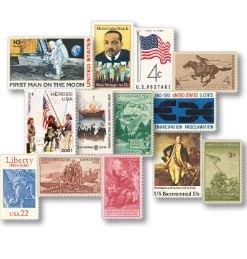
The Changing Nature
Despite the challenges faced by the stamp collecting term, it is not entirely without hope. Modern technology has begun to bridge the gap between traditional stamp collecting and contemporary trends. The introduction of digital stamps is one example of how the stamp collecting term is adapting to the needs of the digital age. These virtual stamps allow collectors to engage with the hobby in new ways, bringing fresh interest to a classic pastime.
Moreover, social media platforms have allowed stamp collectors to connect with one another globally, sharing information, ideas, and collections. The digital revolution has introduced a younger generation to the world of stamps through online communities and auction sites, which makes the stamp collecting term more accessible than ever before. Although physical stamps may no longer dominate, the shift toward digital collecting has breathed new life into the hobby.
Stamp collectors are also embracing the global nature of the hobby. Collecting stamps from different countries, learning about various cultures and historical periods, and tracking down elusive rarities remain vital components of the stamp collecting term. Online resources such as virtual stamp exhibitions, interactive guides, and live-streamed auctions continue to foster interest and participation in the hobby, ensuring its continued relevance.
Is the Stamp Collecting Term Still Relevant?
To answer the question: Is the stamp collecting term still relevant or losing its appeal?—it depends on the perspective from which you approach it. For those who still see value in the history, artistry, and rarity of stamps, the stamp collecting term is undoubtedly alive and well, albeit evolving. While it may not enjoy the same widespread appeal it did in the past, the hobby still holds strong appeal for dedicated collectors and investors.
However, for younger generations raised in the digital world, the stamp collecting term may seem increasingly irrelevant. The idea of collecting tangible objects may not resonate as strongly with those who are accustomed to instant communication and digital assets.
The increasing integration of digital stamps and virtual collecting could be key to revitalizing the stamp collecting term. As the lines between physical and digital worlds continue to blur, the future of stamp collecting could shift in unexpected ways, combining the nostalgia of traditional collecting with the convenience and accessibility of digital technologies.
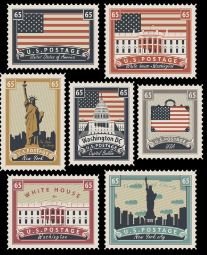
Conclusion
The stamp collecting term is undoubtedly at a crossroads. As traditional mail becomes less common and digital alternatives continue to dominate, the hobby faces challenges in remaining relevant. Yet, the passion for collecting rare stamps, the connection to history, and the value placed on these artifacts ensures that the stamp collecting term is not entirely fading into obscurity. Instead, it is evolving—adapting to new technologies and finding a place in the digital age while still maintaining its rich traditions.

